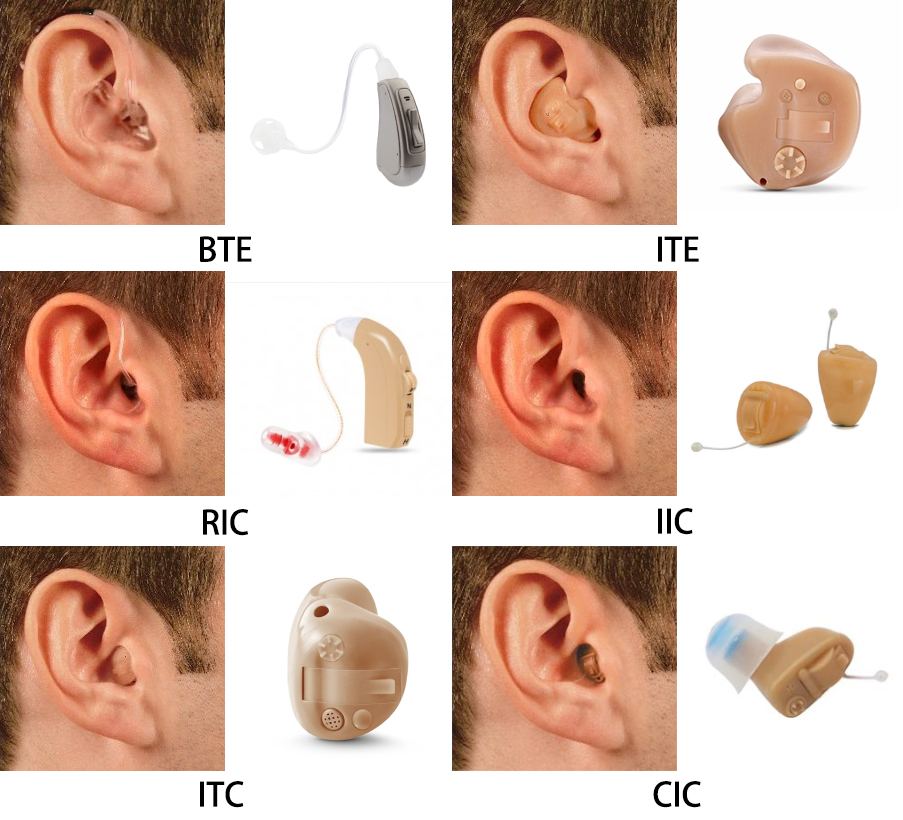There are so many different kinds of hearing aids on the market today. What are the specific differences? Let me tell you. You can learn classification of hearing aids and working principle of hearing aids from this article.
Hearing aids can be divided into three categories according to their working principles: analog hearing aids, analog manual programming hearing aids and all-digital hearing aids.
Among them, analog hearing aids and analog manual programming hearing aids are relatively simple in function, low in technical content and low in function, so they are very rare in the hearing aid market now. The "analog" means that the signal processor of the hearing aid amplification uses an analog component, which is mainly an integrated operational amplifier composed of transistors, resistors, capacitors and other component.
The working principle of all-digital hearing aids can be summarized as follows:
First collect the sound and turn it into a simpler analog signal, the analog sound signals are digitized, and the noise signals in the sound are filtered by spectrum analysis through digital processing to achieve a noise reduction function. At the same time, it can also handle sounds from different sound sources.
On the other hand, hearing aids can be divided into bone conduction hearing aids and air conduction hearing aids according to the way that they are transmitted from the sound to the human ear.
The bone conduction hearing aid relies on the principle of sound propagation through the solid, and the sound signal is transmitted directly to the inner ear by vibrating the skull without passing through the outer ear and the middle ear.

The bone conduction hearing aid does not have a so-called earphone or earplug, but instead is an oscillator that generates a vibration signal. The oscillator is pressed against the mastoid bone that protrudes behind the ear. The vibration of the oscillator causes the skull to oscillate and transmits the signal directly to the inner ear.
● Air conduction hearing aid
Air conduction hearing aids rely on the principle that sound can be transmitted through the air. The sound is transmitted to the outer ear and then transmitted to the inner ear through the tympanic membrane. It is the most common type of hearing aid on the market. According to the shape, it can be divided into three categories, box type, behind-ear type, and in-ear type hearing aids.
Because of the relatively large size, hidden poor, poor portability, more noise and interference, box type hearing aid out of the market gradually, currently more common is the behind-ear hearing aids and the in-ear hearing aids.
Wherein, the behind-the-ear type is further divided into behind-the-ear (BTE) and receiver-in-canel (RIC) hearing aids. The in-ear type is divided into a in-the-ear (ITE), in-the-canal (ITC), completely-in-canal (CIC), and invisible-in-canel (IIC).

